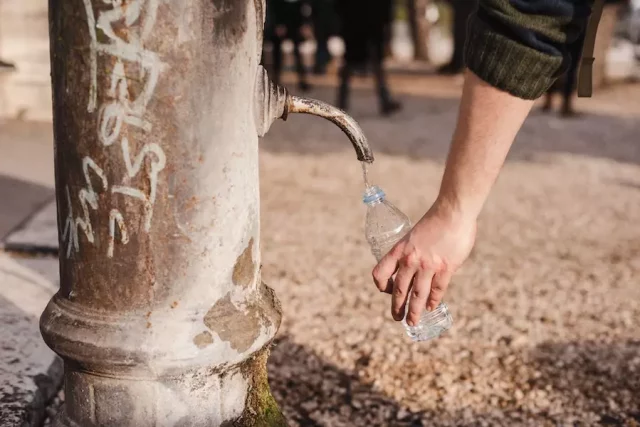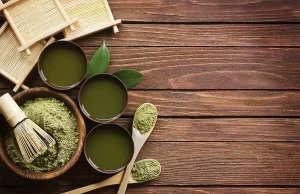Water shortages have been affecting many parts of the world lately. California is currently in the midst of a major drought, and other states are starting to feel the effects as well. It is important to know how to handle water shortages successfully so that you can avoid any negative consequences. In this blog post, we will discuss eight great ways to handle water shortages! We will also provide some tips on what to do if you find yourself in an area affected by a water shortage. So, without further ado, let’s get started!
1. Get Water Containers
The first thing you should do if you find yourself in an area affected by a water shortage is to get water containers. You can find water containers at most stores, and they come in a variety of sizes. It is important to have a few different sizes so that you can store enough water for your needs. You can find IBC tote containers, 55-gallon drums, and other large containers to store water in. You can also find smaller containers that are easier to transport if you need to evacuate. Once you have your water containers, fill them up with tap water and put them in a cool, dark place. This way, you will have water on hand in case of an emergency. Additionally, you should fill up your car’s gas tank in case you need to evacuate.
2. Use A Water Filter
If you live in an area affected by a water shortage, it is important to use a water filter. This will help you remove any impurities from the water so that you can drink it safely. There are many different types of water filters available, and you can find one that fits your needs. For example, if you are looking for a water filter that removes bacteria, you can get a UV water filter. Or, if you are looking for a water filter that removes viruses, you can get a reverse osmosis water filter. You can also see this filter press to find out more about different types of water filters and which one might be the best fit for you. Having a water filter on hand will ensure that you have access to clean drinking water during a shortage.
3. Collect Rainwater
If you live in an area that gets a lot of rain, then you should take advantage of it! Collecting rainwater is a great way to ensure that you have enough water in case of a shortage. There are many ways to collect rainwater, and you can even buy kits that will help you do it. Some of the most common ways are to use a rain barrel or to set up a tarp. When it rains, the water will collect in the tarp, and then you can funnel it into your rain barrel. You can also use a garbage can or any other large container. Just make sure that it is clean and has a lid so that the water doesn’t evaporate. Once you have collected the rainwater, you can use it for drinking, cooking, and cleaning. In case you are wondering if rainwater is safe to drink, the answer is yes! However, you should still boil it before drinking it. This way, you can be sure that it is free of any contaminants. Also, if you have pets, make sure to provide them with enough water.
4. Store Water From The Bathroom
Another great way to handle water shortages is to store water from the bathroom. Every time you take a shower, fill up a few buckets with water and put them in the tub. You can also fill up the sink and put a bucket under the faucet. This will help you save water so that you have enough in case of a shortage. Also, when you brush your teeth, fill up a cup with water and use that to rinse your mouth. You can then pour the water down the drain. This way, you will be using less water overall.
5. Conserve
If you live in an area that is starting to experience a water shortage, it is important to start conserving water. This process is defined as using less water overall. There are a few ways that you can conserve water. One way is to take shorter showers. You can also turn the water off when you are brushing your teeth. Another great way to conserve water is to use less water when you are cooking. Additionally, you can water your plants during the cooler hours of the day so that they don’t lose as much water to evaporation. Finally, you can wash your car less often. All of these small changes will help you save water, and they can make a big difference in the long run.
6. Recycle Water
One way to handle water shortages is to recycle water. You can use greywater, which is water that has been used for showering or laundry, to water your plants. This will help you save water so that you have enough in case of a shortage. You can also collect rainwater and use it to water your plants. This water is perfectly safe for plants, and it will help you to save water. This will help you save water so that you have enough in case of a shortage.
7. Develop Energy Efficient Desalination Plants
One way to handle water shortages is to develop energy-efficient desalination plants. Desalination is the process of removing salt from water, and it can be used to create fresh water. There are many different types of desalination plants, and you can find one that fits your needs. For example, if you live in an area that is affected by a water shortage, you can get a desalination plant that uses solar power.
8. Address Pollution
One of the best ways to handle water shortages is to address pollution. Pollution can come from a variety of sources, and it can make water unsafe to drink. There are many different ways to address pollution, and you can find one that fits your needs.
Water shortages are a serious problem, and it is important to handle them correctly. There are many different ways to handle water shortages, and you can find one that fits your needs. With a little bit of planning, you can make sure that your water supply is safe and secure.
Thank you for reading! I hope this article was helpful.














